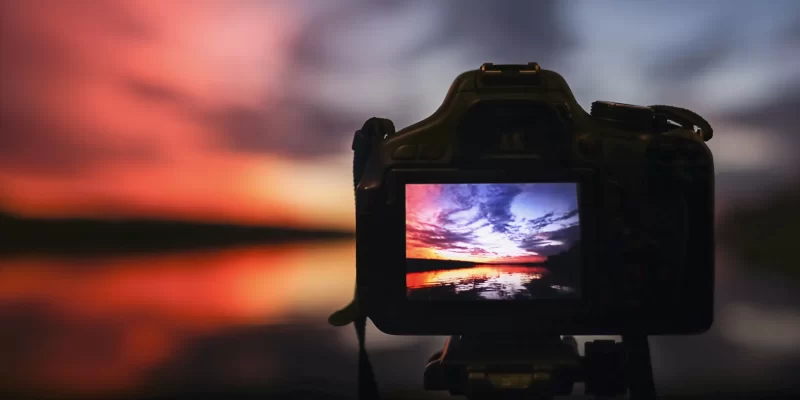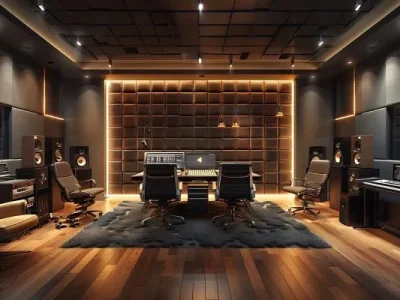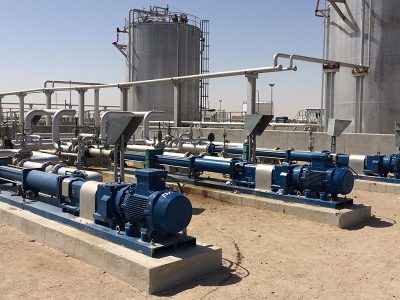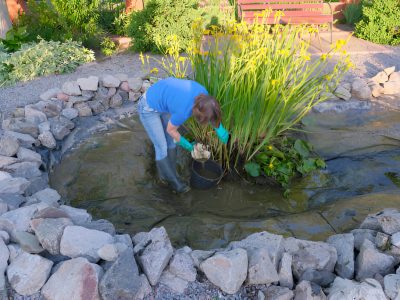As a photographer, using natural light greatly enhances the quality of your photos. Natural light creates soft, diffused lighting that is often preferable to harsh artificial lighting. Learning to harness natural light will allow you to take vivid, compelling photographs in all sorts of conditions.
Find the right time of day
The best natural light occurs early and late in the day. Early morning and late afternoon sunlight is diffused and warm, creating inviting images. Midday light is harsh and creates shadows that obscure details. The hour after sunrise and before sunset is referred to as the “golden hour” for photography. During this time, the sun is low on the horizon, filtering light that is rich and golden. Schedule photo shoots early or late to capture the most flattering natural light.
Windows and doorways
Windows and doorways make convenient natural light sources when shooting indoors. Position your subject near the window to capture the soft glow of daylight. Have them face the window or orient their body at a 45-degree angle to prevent shadows on their face. Diffused window light eliminates glare and brings out vivid colors. To photograph a whole room, open curtains, and blinds to flood the space with light. Turn off artificial lights which mix with natural light and cause color casts.
Find open shade
photographer harrisburg pa in the shade on a sunny day utilizes beautiful diffused light. Areas like the shade under a tree canopy or on the side of a building work wonderfully. Open shade provides a clean, even light. Meanwhile, areas lit by direct sunlight create unattractive shadows and highlights shooting portraits; have your subject move around to find the most flattering shade. This allows you to still capture the dynamic natural light while eliminating harsh shadows.
Wait for cloudy days
Overcast and cloudy days create a giant natural softbox in the sky. With the sun obscured by clouds, you don’t have to worry about harsh light and shadows. Cloudy days provide even, neutral lighting perfect for photographing portraits, landscapes, or anything else. Position your subject to utilize the soft glow coming through the cloud cover. The only drawback is that colors may appear muted on heavy overcast days.
Use reflectors and diffusers
On sunny days, reflectors and diffusers help redirect and soften harsh light. Reflectors like foldable discs bounce light toward your subject, filling in shadows for a more flattering look. Diffusers such as translucent fabric screens placed between the sun and your subject soften direct sunlight. This prevents blown-out highlights and heavy shadows even on the brightest days. Reflectors and diffusers allow you to harness the brilliance of sunlight while creating a more inviting light.
Enhance natural light with fill flash
When shooting in daylight, a flash fills in and enhances natural light. The flash brings light to the front of your subject to reduce shadows. This balanced lighting creates more attractive portraits. Use flash to highlight details the natural light didn’t quite capture. For directional natural lighting like window light, use an off-camera flash positioned on the opposite side to balance the exposure. Fill flash supplements natural light and adds dimension. This fleeting window of ideal natural light has inspired photographers for generations.













Comments